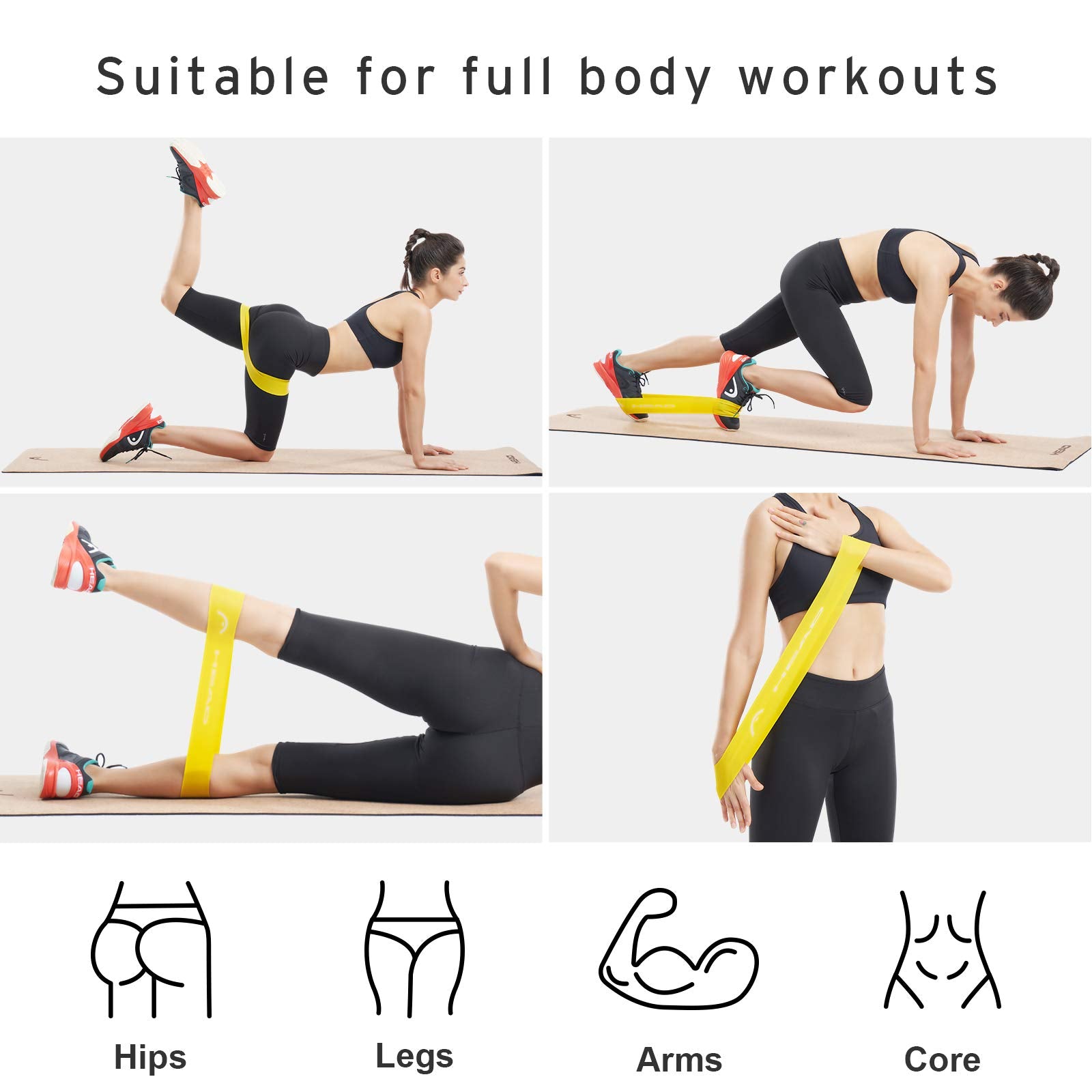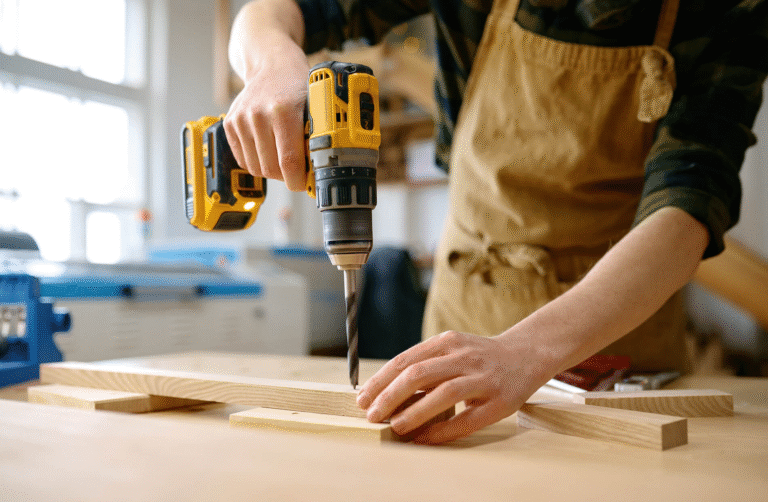

In the realm of fitness, the concept of a full-body accessory workout has gained significant traction. Let’s delve into the depths of this innovative training regimen and explore its benefits, techniques, and implementation strategies.
The Essence of Full-Body Accessory Workouts
At its core, a full-body accessory workout is designed to complement traditional strength training routines. Rather than solely focusing on major muscle groups, this approach incorporates exercises that target smaller muscle groups, providing a comprehensive and balanced approach to fitness.
Targeting Every Muscle Group
One of the key advantages of a full-body accessory workout is its ability to target every muscle group in the body. From the shoulders and arms to the core and legs, each exercise is meticulously chosen to ensure that no muscle is left behind. This holistic approach promotes overall strength and stability, leading to improved athletic performance and reduced risk of injury.
Enhancing Strength and Stability
By incorporating a wide range of accessory exercises, individuals can enhance their strength and stability in ways that traditional strength training alone cannot achieve. These exercises often focus on improving joint mobility, muscle endurance, and functional movement patterns, leading to greater overall fitness and athleticism.
Maximizing Workout Efficiency
In addition to targeting specific muscle groups, full-body accessory workouts are also highly effective at maximizing workout efficiency. By incorporating compound movements and functional exercises, individuals can achieve a full-body workout in less time, making it ideal for those with busy schedules or limited gym access.
Implementing Full-Body Accessory Workouts
When implementing a full-body accessory workout into your fitness routine, it’s essential to start with a solid foundation of basic strength training exercises. Once you’ve mastered the fundamentals, you can gradually incorporate accessory exercises to target specific areas of weakness or imbalance.
Choosing the Right Exercises
When selecting exercises for your full-body accessory workout, it’s crucial to choose ones that complement your existing routine and address your individual fitness goals. This may include exercises such as bicep curls, tricep extensions, lateral raises, calf raises, and glute bridges, among others.
Maintaining Proper Form and Technique
As with any exercise regimen, maintaining proper form and technique is essential to prevent injury and maximize results. Take the time to learn each exercise correctly, focusing on controlled movements and proper muscle activation. If needed, seek guidance from a certified personal trainer to ensure you’re performing each exercise safely and effectively.
Progressing Over Time
As you become more comfortable with your full-body accessory workout, don’t be afraid to challenge yourself by increasing weight, reps, or intensity. Progressive overload is key to continued growth and improvement, so aim to gradually increase the difficulty of your workouts over time.
Incorporating Recovery and Rest
Finally, don’t forget the importance of incorporating adequate recovery and rest into your fitness routine. While full-body accessory workouts can be highly effective, they also place additional stress on the body, requiring sufficient time for repair and regeneration. Be sure to listen to your body and prioritize rest days as needed to prevent overtraining and burnout.
Embracing the Power of Full-Body Accessory Workouts
In conclusion, full-body accessory workouts offer a versatile and effective approach to fitness that can benefit individuals of all fitness levels. By targeting every muscle group, enhancing strength and stability, and maximizing workout efficiency, these workouts provide a well-rounded and comprehensive training experience. So why not embrace the power of full-body accessory workouts and take your fitness journey to new heights? Read more about full body accessory workout







